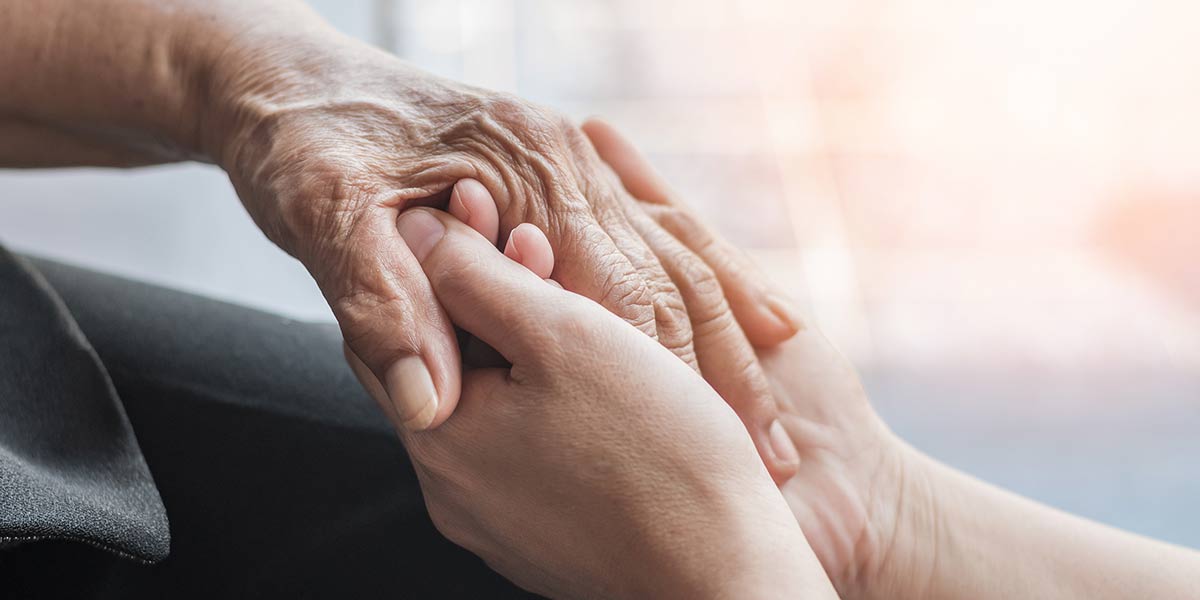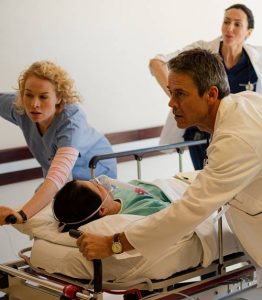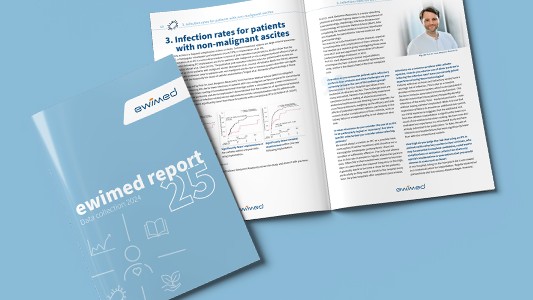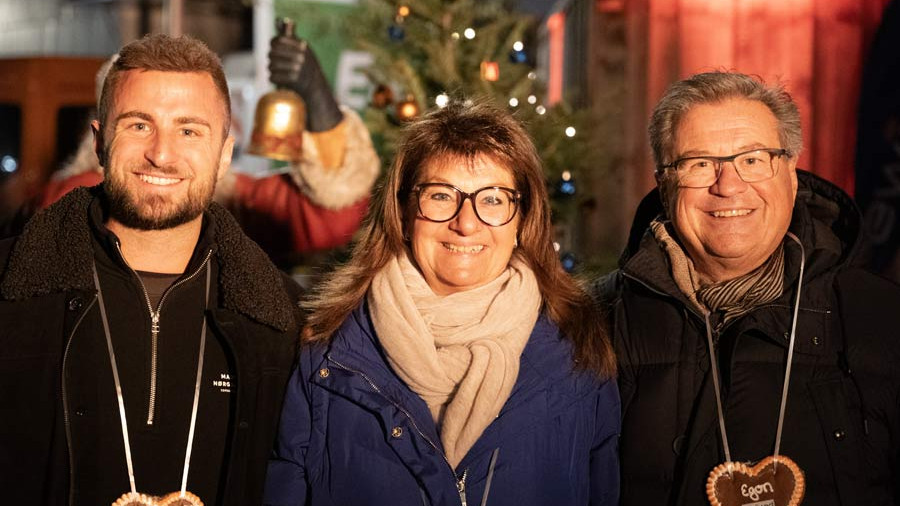A patient story - when the time in life is running out
02 December 2024

Case description – Permanent catheter
Camilla Andersen, Pulmonary & Infectious Medicine Ward, SUH Roskilde
I am a nurse on a pulmonary medicine ward, which places great demands on my technological and instrumental skills. I often wonder if we manage to keep the patient at the center of a technological development or if it is the technology that is at the center of the person. Does a modern healthcare system manage to keep basic nursing and fundamental care at the center when instrumental skills are so important in modern nursing?
The following are excerpts from a patient experience I had in the ward in fall 23.
Marianne is now a well-known guest in our ward. Over the past few years, she has taken turns at all the region’s hospitals. She has been to the diabetes outpatient clinic in Køge and the pulmonary medicine outpatient clinic in Roskilde, and lately she has also been admitted for acute shortness of breath.
Marianne has been a daycare assistant. She has been looking after children since she was 16 years old. She has a large family, with children and 2 grandchildren. She has many friends who take her on cultural experiences. Marianne likes to get involved in other people’s lives. But when it comes to her own, she is more hesitant to share. Her future has become more and more uncertain and unpredictable over the past few years. She has to cancel events more often, and she no longer dares to be alone with the children because she fears having difficulty to breath and having to call 112 due to breathing difficulties, chest tightness and anxiety attacks. When she feels her breath constricting in her chest and there is no room to breathe, she panics. Anxiety has gradually become a big part of her everyday life.

The acute nocturnal admissions became more and more frequent during the fall. Each time she is admitted to the emergency department, transferred to a ward, and a few days later moved to the pulmonary medical center in Roskilde. “The worst thing is that I know the process well, I know what they’re going to say without them looking me in the eye. – Now we’ll put in the drain and then you’ll see the experts in Roskilde when they have room, it’ll be fine.”
“I constantly have this fear and anxiety that I have to go through it all again. As if it never stops”.
Marianne can’t say how many lung drains she has had, but she shows me her back. There is scar tissue all over her back and under her arm. In some places the fluid has destroyed the skin around the puncture site and the skin is kind of wrinkled and pink. She’s heard all the admonitions about what she can and can’t do, with the plastic bag and the tube sticking out of her chest. It’s good to walk, to stand. I’m not allowed to pull the drain, are you in pain? etc.
It helps with breathing every time the drain is laid and the fluid comes out. Sometimes there is a lot of fluid – and Marianne explains how strange it feels inside her body when a whole liter of fluid has run out. How it tingles inside and she feels uncomfortable. Her perception of her own body has been difficult to process. Both having tubes sticking out, above and below, in her arms and chest; “I look like a future person with all these tubes sticking out everywhere. I don’t want visitors when I have all these drains and bags. But at the same time I feel lonely when no one comes”.
“There are a lot of people around me, here in the hospital, smiling. Telling me what they are doing. Now I’m flushing the drain, now I’m changing the patch, etc.”
This hospitalization is different. This time, Marianne has packed a bag from home and prepared for her hospitalization. Her daughter has accompanied her to the outpatient clinic. They have spoken to a doctor they already know and a nurse who has a lot on her mind and gives Marianne a lot of paperwork. This time, Marianne needs a permanent drain. A drain that will remain under her skin – perhaps forever.
Marianne will stay with us in the ward for one night and the next day a nurse from the outpatient clinic will come and empty the new permanent drain. “The light bulb is on the table”, Marianne exclaims as the emptying bottle is unpacked.
I can already see a change in Marianne. She is more relieved. She believes she can once again be the master of her own time and plan for the future. We get to talk about the time that is left when the time in life is running out.
Marianne tells me; “This is about the life I have to live in the time I have left. They say that with this drain I can live like before – go for a walk, mow the lawn, whatever. At least I’ll be able to spend time at home in my own living room. With my own visiting hours. I won’t be sad if it’s not with you (in the hospital) that I spend my time”.



